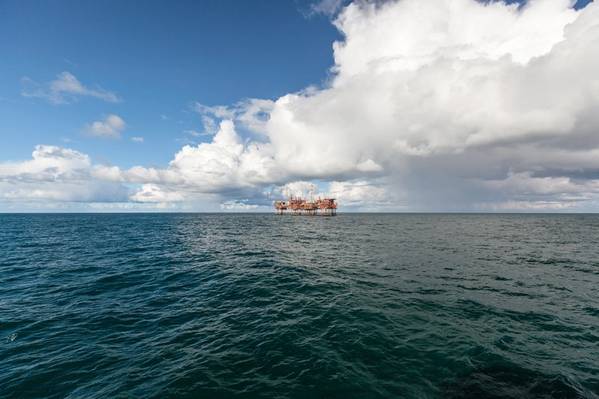
How to manage the legacy left by industrial development can be riddled with uncertainty and be enduring in nature. Perhaps understandably, the development of the UK’s offshore hydrocarbon reserves prioritized production considerations over those for decommissioning in order to speedily realize the financial windfall the discovery of North Sea oil presented. While international law at the time required structures to be designed to be entirely removed it’s now apparent that many were not, as almost 20% is likely to remain in situ. The result is an enduring legacy of safety risk to seafarers and potential environment should any toxic residual residues be released from corroding infrastructure.
Steel (casing) and cement (plugs) act as barriers in well abandonment to contain any residual or ‘new’ hydrocarbons within the reservoir. They are subject to the same corrosive action as left in situ structures as well as subsurface movement and will, ultimately, degrade. The current use of multiple barriers to mitigate the risk of failure may, therefore, only delay any future failure if the characteristics of the material used are less eternal in nature.
While the design of infrastructure for decommissioning may have owed more to speed than decommissioning consideration, the development of the legislative and regulatory regime governing post decommissioning liability on the UKCS has been sluggish and was not formally addressed 2000, more than 30 years after the first wells were drilled.
The Department of Trade and Industry’s (subsequently DECC and now BEIS) Guidance Notes of Decommissioning Offshore Oil and Gas Installations and Pipelines belatedly imposed a liability in perpetuity on owners of any remains and residues. The term remains absent from all relevant statute. Guidance is, however, not law; it merely details the UK Government’s interpretation of the State’s international commitments and the national regime rather than legal requirements. Perpetual liability has yet to be formally tested in court. The Guidance does, however, retain significant influence as, under the (statutory) Petroleum Act, the Secretary of State must approve field owners’ decommissioning programs before any activity takes place. Ergo, if field owners fail to follow the government’s interpretation, they are unlikely to have their programs approved, their directors may be guilty of a criminal offence and, in extremis, the company condemned to the costs of maintaining an operating asset in perpetuity.
There are also questions over whether it is practical to assume a commercial entity will be in existence long enough to discharge its commitments in many decades, if not centuries time – ultimately it is likely that the State will assume the responsibilities?
The liability for abandoned wells is somewhat more complex. While they are listed within the Decommissioning Program they are managed by the Oil and Gas Authority (OGA) through the licencing regime which states that, once abandoned, wells are returned to the OGA. If a company is no longer responsible for the maintenance of the well, it will be challenging to prove negligence for any future leaks.
Until 2009, the Guidance Notes suggested that an insurance solution to the problems of post decommissioning liability may be possible, perhaps along the lines of the multi-tiered system found in the nuclear industry. However, the nuclear regime, and indeed that currently emerging for carbon capture and storage, imposes limits upon future liability which, although still significant, allow insurers to quantify the risk they are accepting. The uncertainty over the risks involved, coupled with a perpetual commitment, make the development of practical commercial solutions to the management of the legacy of UKCS oil and gas operations unlikely until liability is in some way limited.